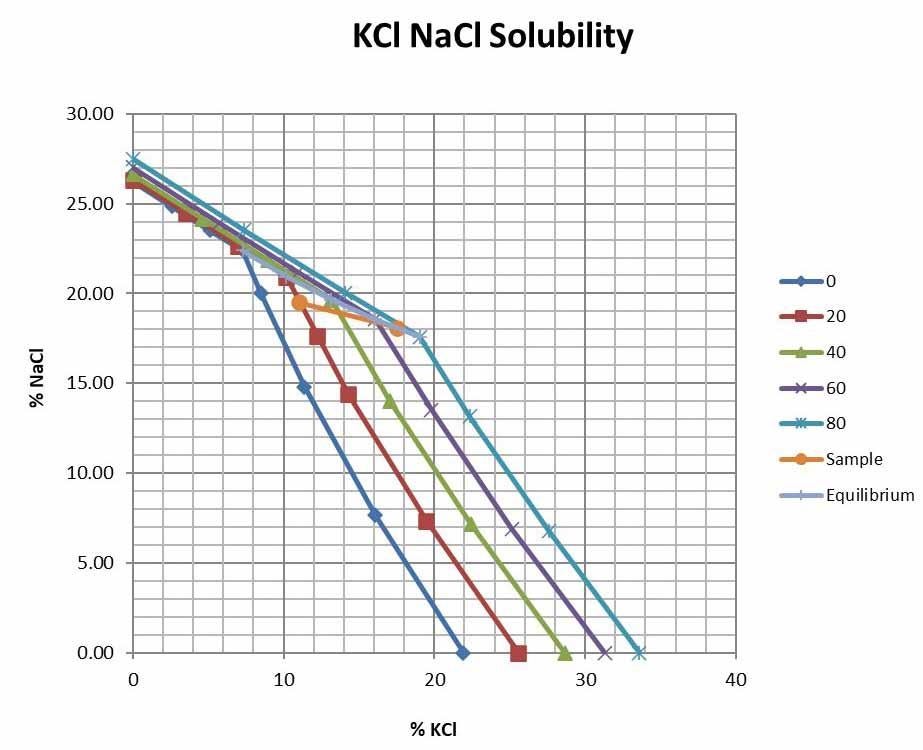
1 minute read
SaLT CaveRn SToRaGe PoTenTiaL aCRoSS SaSKaTCHeWan
By Yohaly Mwamba
saskatchewan’s wealth of natural resources has emerged as a significant hub for the mineral industry. The province’s abundant potash and halite deposits in the Prairie Evaporite formation have fostered the development of a thriving mining sector. However, the region’s natural riches are not the only area of growth—Saskatchewan is also becoming a leader in energy storage and carbon capture initiatives.
The province’s growing energy storage infrastructure is demonstrated through a map highlighting the locations of existing, planned, and future salt caverns. Salt caverns offer a cost-effective solution for natural gas storage and can also be used for carbon capture storage, thereby reducing greenhouse gas (GHG) emissions. Saskatchewan’s geology is particularly well suited for underground storage of compressed air, which can be used for dependable and flexible energy storage.
The integration of renewable energy sources into Saskatchewan’s electricity grid, with the help of salt caverns and compressed air energy storage (CAES), has the potential to lower GHG emissions while providing a reliable and cost-effective energy storage solution. Strategic investment in advanced technologies and infrastructure can enable Saskatchewan to emerge as a leader in the transition to a more sustainable energy future while also promoting economic growth.
The potash industry in Saskatchewan can benefit greatly from using salt caverns. The formation of underground voids, resulting from solution mining techniques used to extract potash, can be repurposed for energy storage. These caverns can be used for storing hydrogen, natural gas, or compressed air, providing a cost-effective and secure storage solution for the industry.
The use of salt caverns for carbon capture and storage can also benefit the potash industry by mitigating its carbon footprint. Potash production involves energy-intensive processes that emit carbon dioxide, which is a GHG. By capturing and storing carbon dioxide in salt caverns, the potash industry can reduce its environmental impact and fulfill its sustainability goals.
Additionally, the use of CAES can provide a flexible and dependable energy source to power potash mining operations. Saskatchewan’s abundant wind resources can be harnessed to generate excess energy that can be stored in salt caverns through the CAES process. This stored energy can then power potash mining operations during peak demand periods, thereby reducing the need for expensive backup power sources.
Using salt caverns for energy storage and carbon capture can offer numerous benefits to the potash industry, including cost savings, a reduced carbon footprint, and dependable energy storage solutions. By leveraging its natural resources and investing in innovative technologies and infrastructure, Saskatchewan can emerge as a frontrunner in the transition to a sustainable and resilient energy future. l









